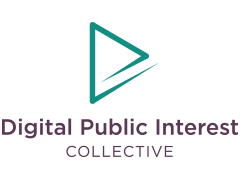While the definition of online harassment varies, a number of targeted phenomena are typically considered harassment, including things like offensive name-calling, purposely embarrassing, and more serious things like stalking, sexual harassment, and doxxing. HeartMob frames it thusly:
While there is space for debate and discussion online (as well as conflicting ideas!), what separates online harassment from healthy discourse is the focus on harm: including publishing personal information, sending threats with the intention to scare or harm, using discriminatory language against an individual, and even directly promoting harm against a person or organization.
HeartMob 2019
The intent, in many cases, is to silence people and diminish participation, as a kind of “chilling effect” (see: Angus Rreid “Trolls and Tribulations”). For members of marginalized groups, such as women and people of colour, this kind of harassment can be more extreme, and a recent Pew report (2017) found that women and people of colour experience higher levels of harassment. Relatedly, witnesses are less likely to view harassment as serious depending on who it is targeted against, with both race and gender being significant factors in how harassment is perceived (see the Pew report (2018) “Crossing the Line.”).
